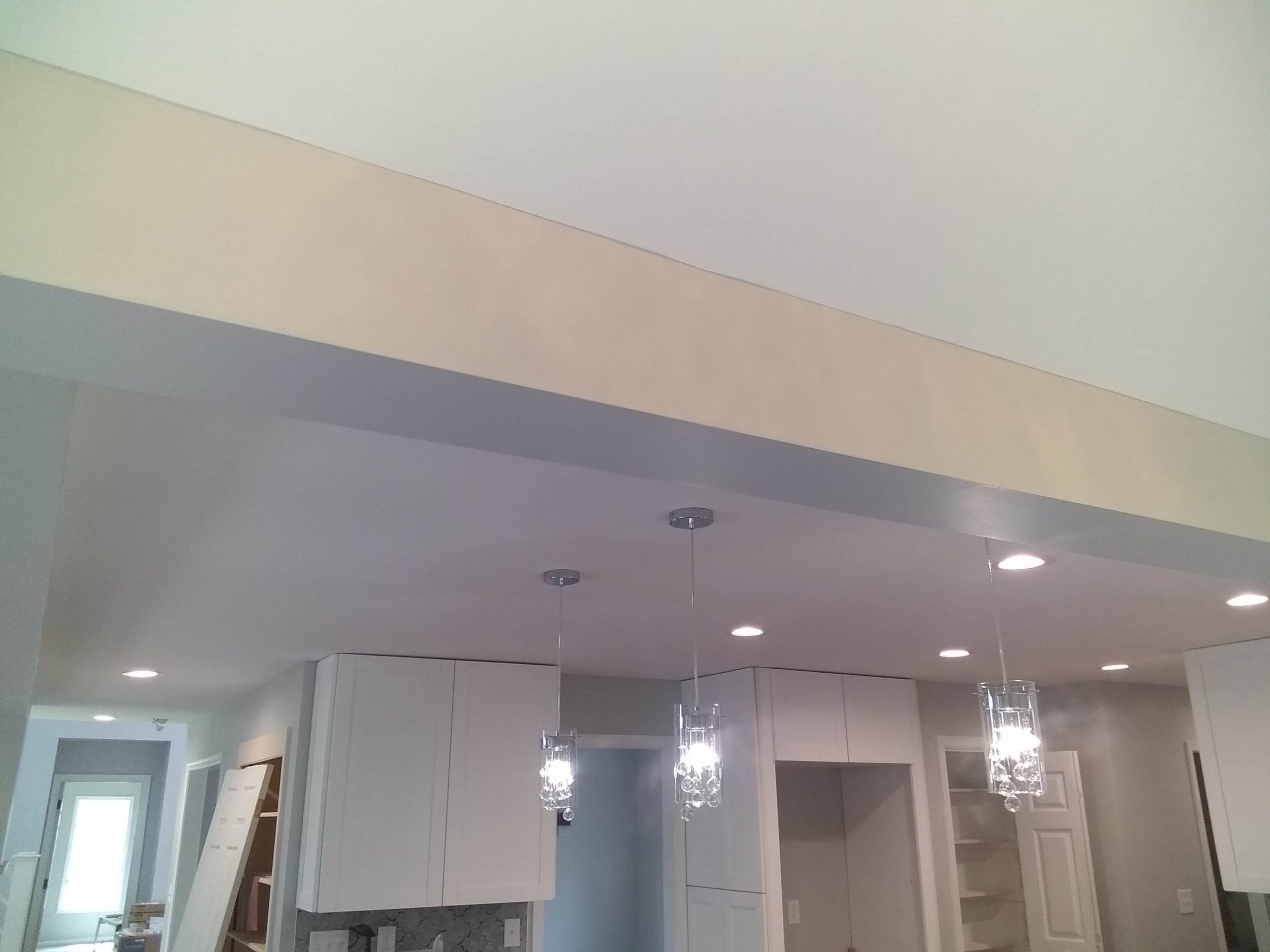20 common electrical problems
As a homeowner, being able to identify common electrical problems in your house is essential for maintaining a safe and functional living environment. That’s why we have compiled this quick guide featuring the 20 most common electrical issues that homeowners may encounter. By familiarizing yourself with these problems and their warning signs, you can become empowered to spot potential electrical issues and take timely action.

Do you have electrical Issues?
Whether it’s flickering lights, circuit breaker tripping, or faulty outlets, this guide will help you gain the knowledge needed to assess and address these concerns. So let’s dive in and equip you with the tools to ensure the electrical well-being of your home.
Spot Common Electrical Issues
In this comprehensive guide, we will discuss 20 common electrical problems that homeowners may encounter. By familiarizing yourself with these issues, you can take proactive measures to maintain a safe and efficient electrical system.
Flickering Lights: Flickering lights can indicate loose connections, faulty light bulbs, or overloaded circuits. Identifying the root cause is essential to prevent potential hazards.
Circuit Breaker Tripping: When a circuit breaker trips frequently, it may be due to overloaded circuits, short circuits, or ground faults. These issues require professional attention to ensure electrical safety.
Power Surges: Power surges can damage sensitive electronic devices and appliances. Proper surge protection measures, such as installing surge protectors, can safeguard your valuable equipment.

Faulty Outlets: Outlets that don’t work or produce intermittent power may have loose wiring or internal damage. It’s crucial to address these issues promptly to avoid potential fire hazards.
Overloaded Circuits: Overloading circuits by connecting too many appliances or devices can lead to overheating, tripped breakers, and potential fire hazards. Distribute the electrical load evenly across circuits.
Electrical Shocks: Experiencing electric shocks when touching switches or outlets indicates a dangerous electrical problem that needs immediate professional attention.
Outdated Wiring: Houses with outdated or deteriorating wiring, such as knob-and-tube or aluminum wiring, pose significant safety risks. Upgrading to modern wiring systems is essential.
High Energy Bills: Unexpectedly high energy bills can be a sign of inefficient electrical systems, faulty appliances, or energy leaks. Identifying and resolving energy waste can save you money in the long run.
Dead Outlets: Outlets that do not provide any power may have loose connections, faulty wiring, or issues with the circuit breaker. Prompt investigation is necessary to restore functionality.
Many more electrical problems
Electrical Panel Issues: Faulty electrical panels can lead to inconsistent power supply, frequent tripping, or inadequate protection. Upgrading to a modern panel can improve safety and performance.
Dimming or Flickering Lights: Dimming or flickering lights when certain appliances are turned on may indicate voltage fluctuations or inadequate wiring. Proper assessment and repair are crucial.
Burning Odors: Burning odors from outlets or electrical panels signify a serious problem, such as overheating wires or electrical arcing. Immediate action is necessary to prevent fire hazards.
GFCI Problems: Ground Fault Circuit Interrupters (GFCIs) protect against electrical shocks in wet areas like bathrooms and kitchens. Malfunctioning GFCIs should be repaired or replaced promptly.
Malfunctioning Switches: Switches that don’t work correctly or make crackling sounds may have loose connections or worn-out components. Timely replacement ensures proper functionality.
Inadequate Lighting: Insufficient lighting may result from faulty fixtures, poor wiring, or incorrect placement. An electrician can help you optimize your lighting system for comfort and safety.
Faulty Ceiling Fans: Ceiling fans with erratic speed, noise, or unresponsive controls may require professional troubleshooting and repairs to ensure safe and efficient operation.
Inconsistent Power Outlets: Power outlets that provide intermittent power or sparks indicate loose connections, faulty wiring, or outdated outlets. A professional inspection is necessary to prevent hazards.
Electrical Code Violations: Houses that fail to meet current electrical codes may pose significant safety risks. Common violations include improper grounding, insufficient outlet placement, and inadequate circuit protection. Bringing your home up to code ensures compliance and minimizes potential hazards.
Excessive Extension Cord Usage: Relying on extension cords as a permanent solution can overload circuits and increase the risk of electrical fires. Properly installed outlets and additional circuits can eliminate the need for excessive cord usage.
Malfunctioning Smoke Detectors: Smoke detectors are crucial for early detection of fires. Malfunctioning or outdated smoke detectors should be replaced promptly to ensure the safety of your family and property.


Recent Comments